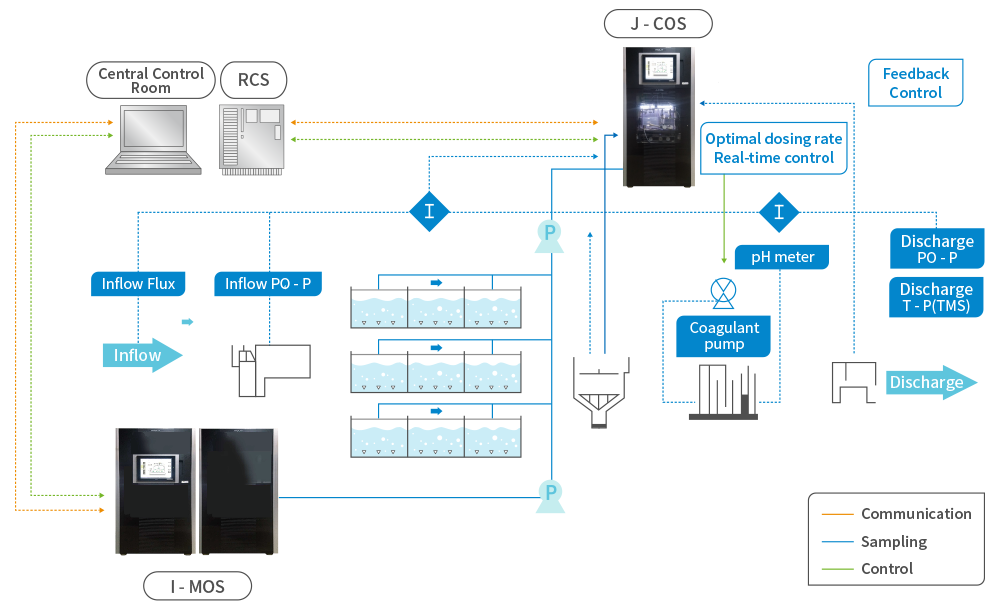Business
Sewage / Wastewater treatment equipment operation businessMOLIT
Sewerage & Wastewater Treatment
Facilities Operation & Management
Major Project
Seongnam/Pangyo Water Restoration Center in Seongnam-si
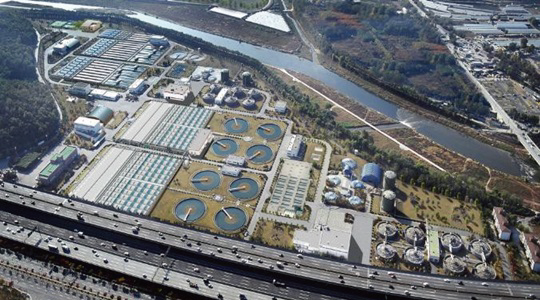
| Category | Seoung Nam |
|---|---|
| Facility Capacity | 460,000m³/d |
| Treatment Technique | NPR, A₂O |
| Category | Pangyo |
|---|---|
| Facility Capacity | 47,000m³/d |
| Treatment Technique | Bio-SAC |
Modernization facility of Jungnang Sewage Treatment Center in Seoul (The 1st Treatment Plant)
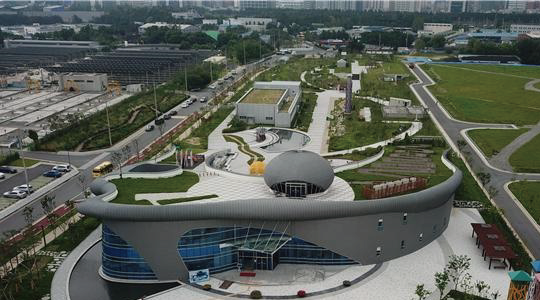
| Category | Sewerage |
|---|---|
| Facility Capacity | 250,000m³/d |
| Treatment Technique | Biological filtration, total phosphorus |
| Category | First Flush |
|---|---|
| Facility Capacity | 500,000m³/d |
| Treatment Technique | High-speed filtration, disinfection |
| Category | Water recycling |
|---|---|
| Facility Capacity | 500m³/d |
| Treatment Technique | R/O System |
Guri/Galmae Water Restoration Center in Guri-si
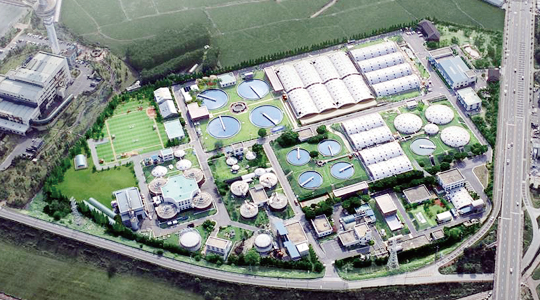
| Category | 1st, 2nd sewerage |
|---|---|
| Facility Capacity | 160,000m³/d |
| Treatment Technique | MLE, I³ |
| Category | Galmae |
|---|---|
| Facility Capacity | 11,000m³/d |
| Treatment Technique | KSMBR |
| Category | Incineration |
|---|---|
| Facility Capacity | 55m³/d |
| Treatment Technique | Fluidized Bed Continuous Incinerator |
Metropolitan landfill desulfurization pretreatment facility/ process wastewater treatment facility
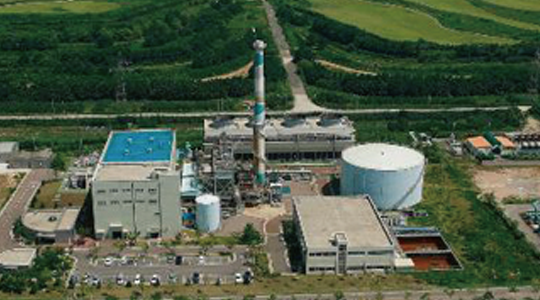
| Category | Process wastewater |
|---|---|
| Facility Capacity | 150m³/d |
| Treatment Technique | Biological treatment, ozones + chemical treatment |
Strength
Strength of Molit’s Operation Management
Technology
- Total phosphorus optimal control and process integrated control solution
- Extensive know-how in facilities monitoring & control and operation of measurement equipment
- Advanced technology for water treatment(Ozone, alloy catalyst, etc.)
Retaining professional personnel for operating large-scale metropolitan city treatment facilities - Seongnam-si, selected as the best organization in the evaluation of public sewerage operation & management by the MOE (2019)
Stability
- Strict water quality management exceeding effluent standards
- Introduction of customized operation method by individual facility
- Monitoring system and emergency system utilizing professional workforce and administrative computerization
- Maximizes efficiency of management system for eco-friendly system maintenance
Economy
- Reducing operation costs through optimal control of chemical input and air volume
- Application of optimal integrated operation solution which can automatically analyze water quality and monitor it in real time
- Reducing operation costs through proactive response to changes in water quality
Diagram
Diagram of process improvement suggestion system
MOLIT provides advanced operation & management model that significantly improves upon existing operation of sewerage/wastewater treatment facilities using self-developed techniques such as bioreactor optimal control technology and total phosphorus (T-P) optimal treatment technology.
Application Effect
Existing methods
Bioreactor process Management
- Use of multiple measurement equipment, Reduced efficiency of operation & management
- Unavailable individual process control, Reduction of energy efficiency
Total phosphorus (T-P) process management
- Difficulty in calculating optimal chemical input according to water quality property
- T-P meter lack of retreatment function deterioration of reliability of water quality data
Process improvement plan
Bioreactor integrated control Total-Solution
- Measuring with one meter in one place,
→ Accurate and consistent measurement - Optimal process control per pond according to water quality and state
→ Efficient use of energy
Total phosphorus (T-P) optimal control technology
- Real-time measurement of water quality properties using smart Jar-test technique
→ Decision of chemical input with 5-min unit
- Using automatic pretreatment system and washing function, → Accurate measurement of phosphorus concentration

